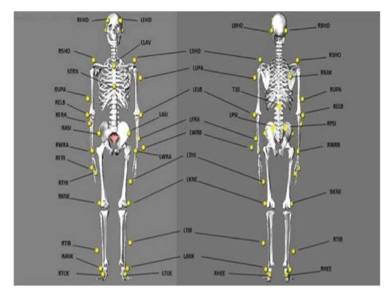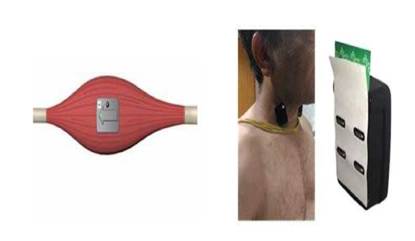Researchers have developed a novel method which involves a mathematical metrics to quantify and measure the correctness of performance of yoga asanas in terms of stability and steadiness.
This mathematical metrics based on Electromyography (EMG) a diagnostic procedure that evaluates the health condition of muscles, can help in assessing the correctness of performance and paves way for making appropriate corrections, thus enabling practitioners to derive maximum benefit from the asanas.
The research work led by Dr. S N Omkar along with Dr. Ramesh D V, Associate Professor, Ramaiah Medical College focused on yoga as a therapy to understand muscle behavior and performance in terms of spatial and temporal components while performing yoga asanas. The researchers used EMG to study both physical and physiological parameters.
The study carried out with support from ‘Science and Technology of Yoga and Meditation (SATYAM)’ Programme of the Department of Science and Technology, GoI assessed 60 healthy participants aged between 21 – 60 years including male and female for 2 years at the Biomechanics Lab, Indian Institute of Science (IISc), Bangalore. The data was collected for approximately 110 seconds and subjects stayed in the final position for 20 seconds with normal breathing and relaxed mind. The same procedure was followed for various yoga asanas namely Trikonasana, Vrikshasana, Veerabhadrasana-1, Veerabhadrasana-2, Veerabhadrasana-3, Parsvakonasana. Participants with a history of back pain, shoulder, or neck injuries were excluded from this study. It has been published in the ‘International Journal of Yoga’.
According to Dr Omkar, the mathematical metrics can help the yoga performer to do it with near perfection. It also gives a clear picture of the targeted muscles and an insight to the practitioner about the stability of the postures in terms of muscle activity. The practitioner can improve his/her performance with this feedback and maintain mind to muscle connections while performing yoga.
The study provides understanding of the mechanics of Yoga both from a biomechanical as well as a motor control perspective which succeeded in laying a foundational framework for future research in this area.


Publication details:
Devaraju V, Ashitha B R, Kshamith Alva K, Ramesh Debur V, SN Omkar, ‘A Mathematical Method for Electromyography Analysis of Muscle Functions during Yogasana’, International Journal of Yoga | Volume 2 | Issue 3 | 3rd September 2019. II.
****
SS/RP (DST Media Cell)
(Release ID: 1729439)
Visitor Counter : 1
